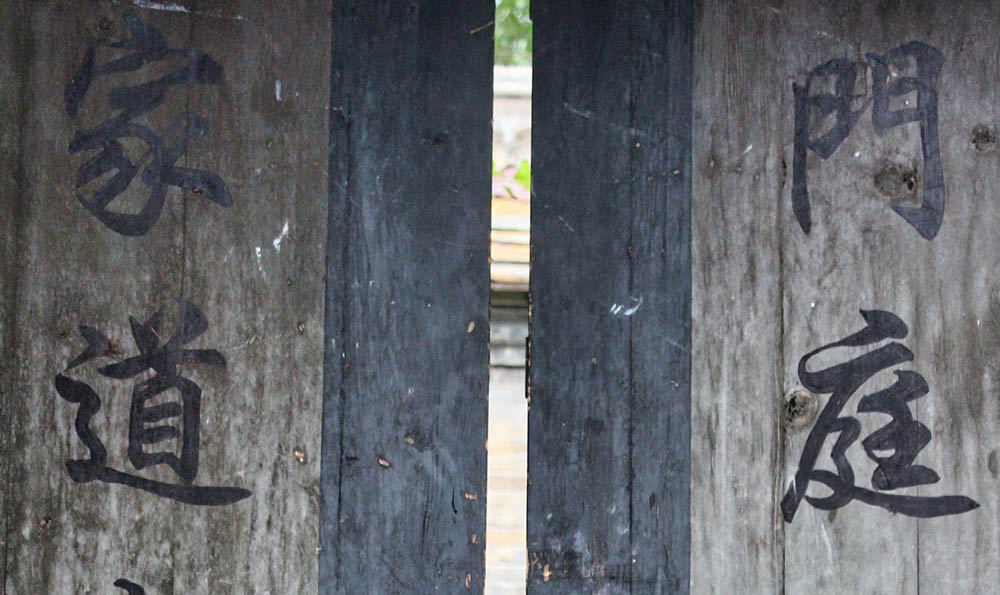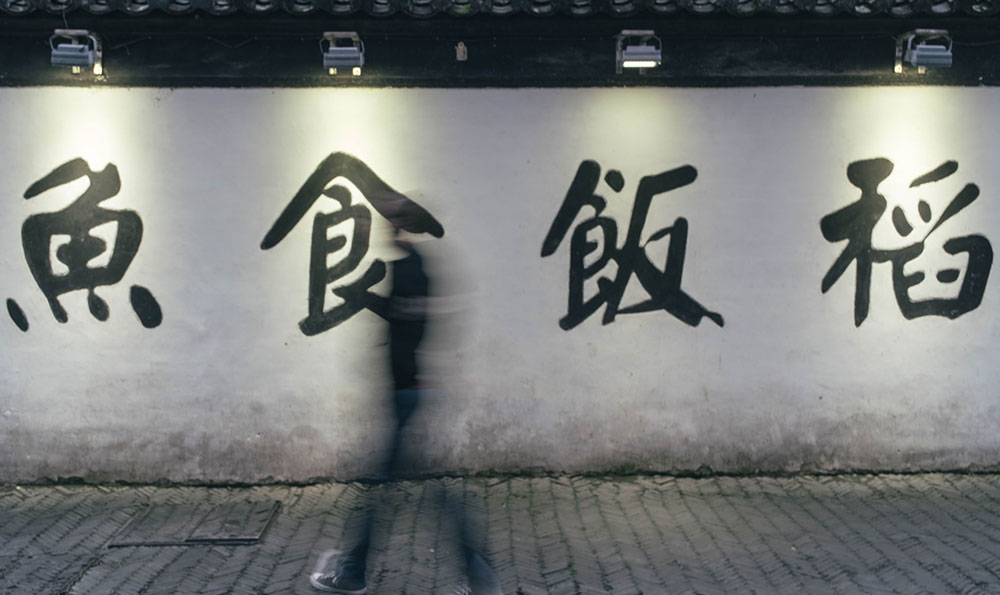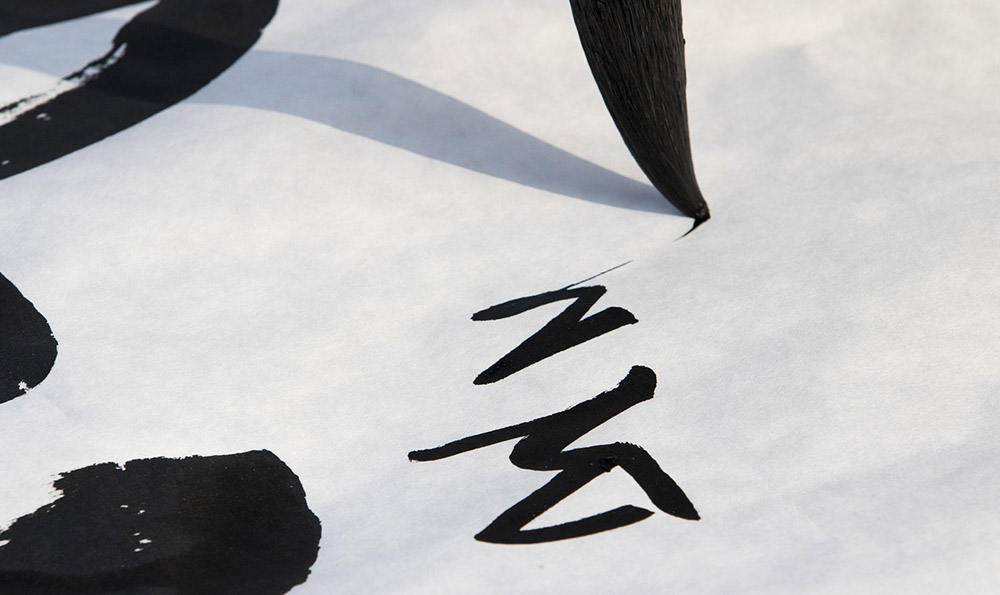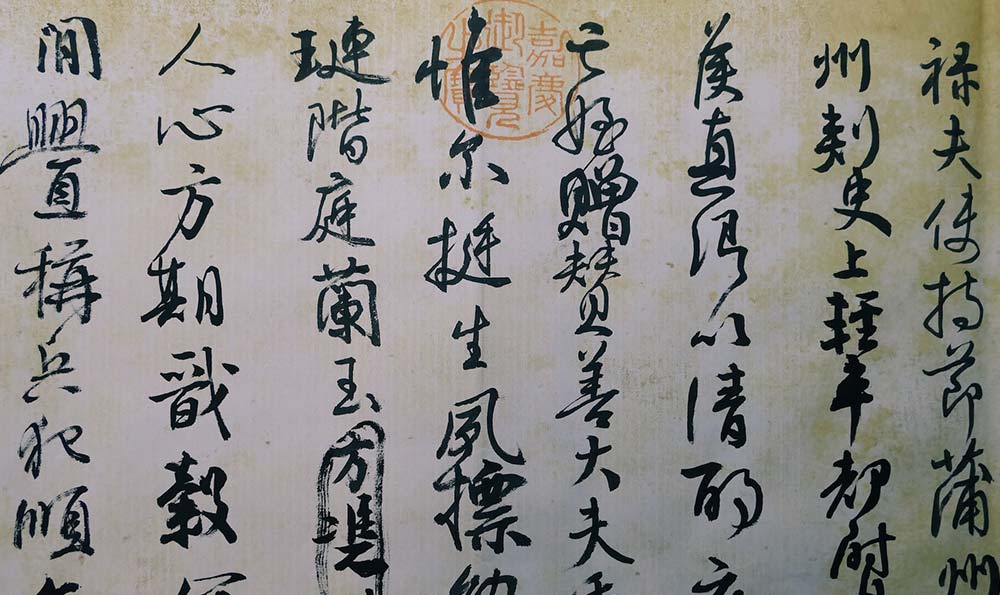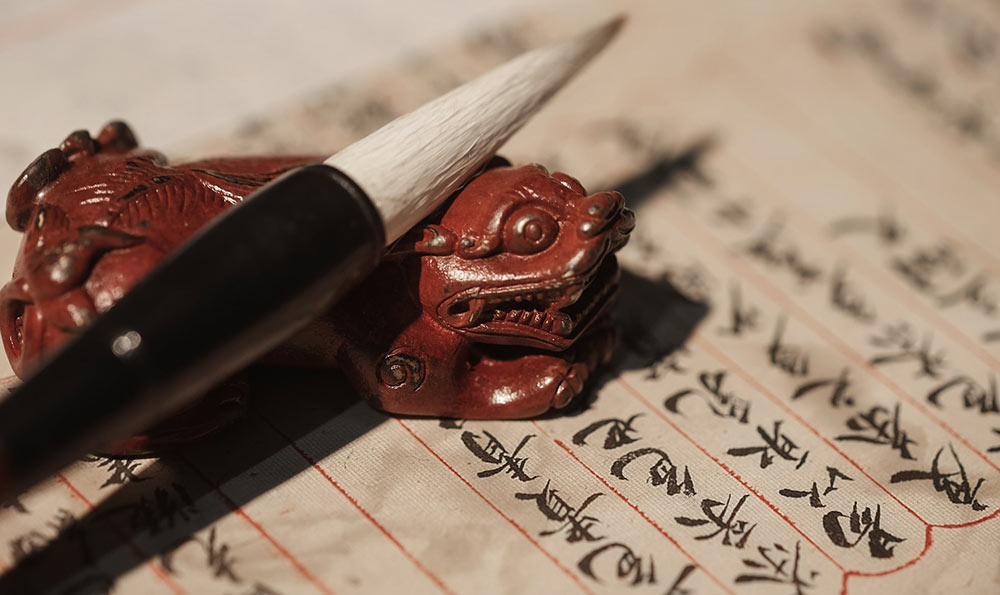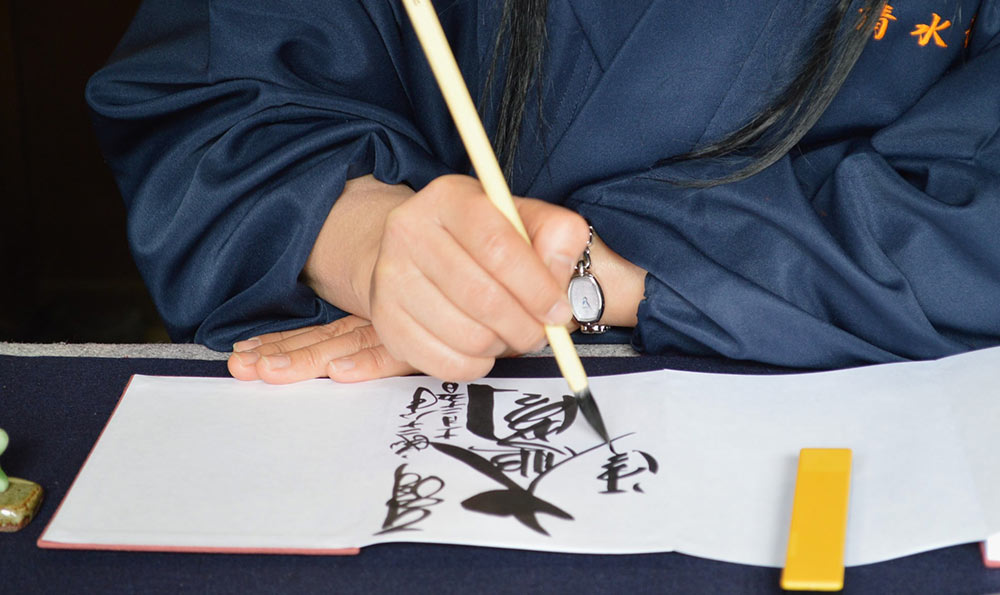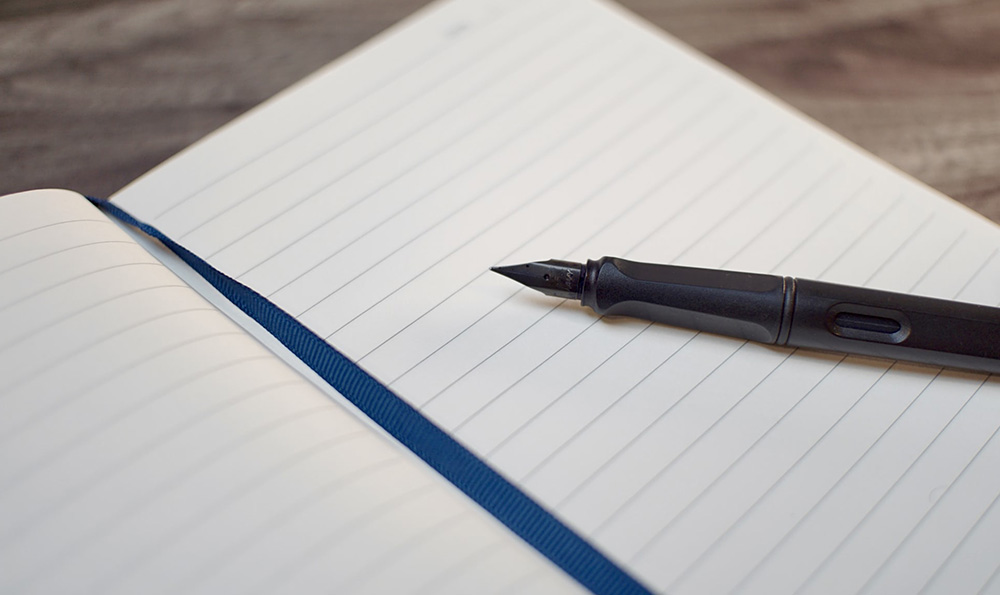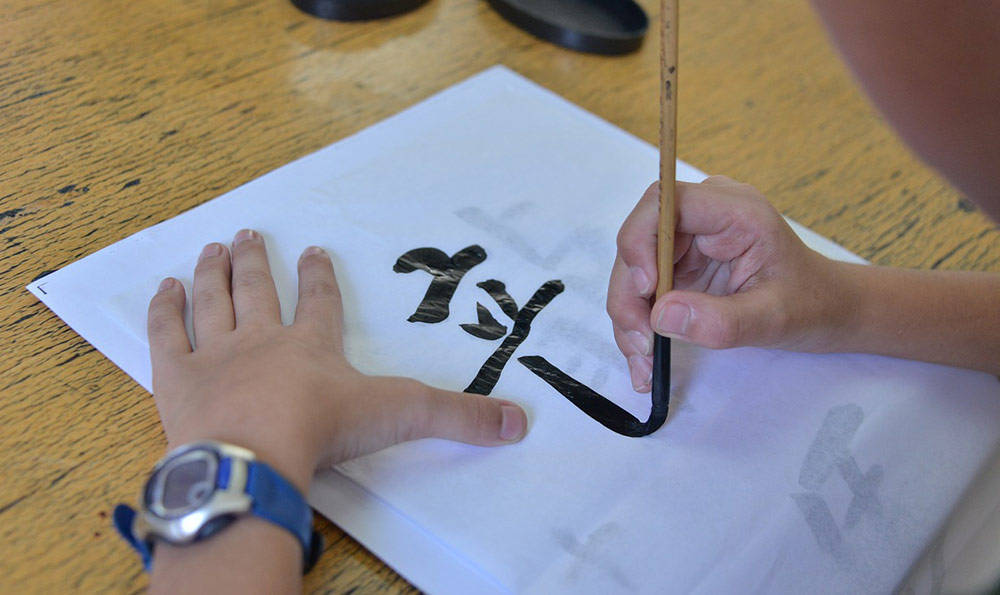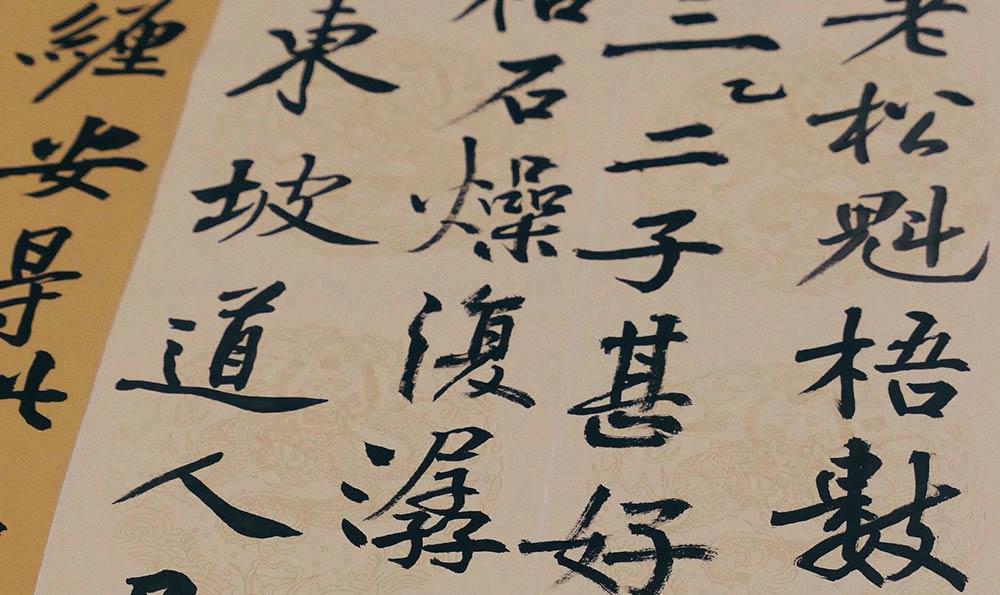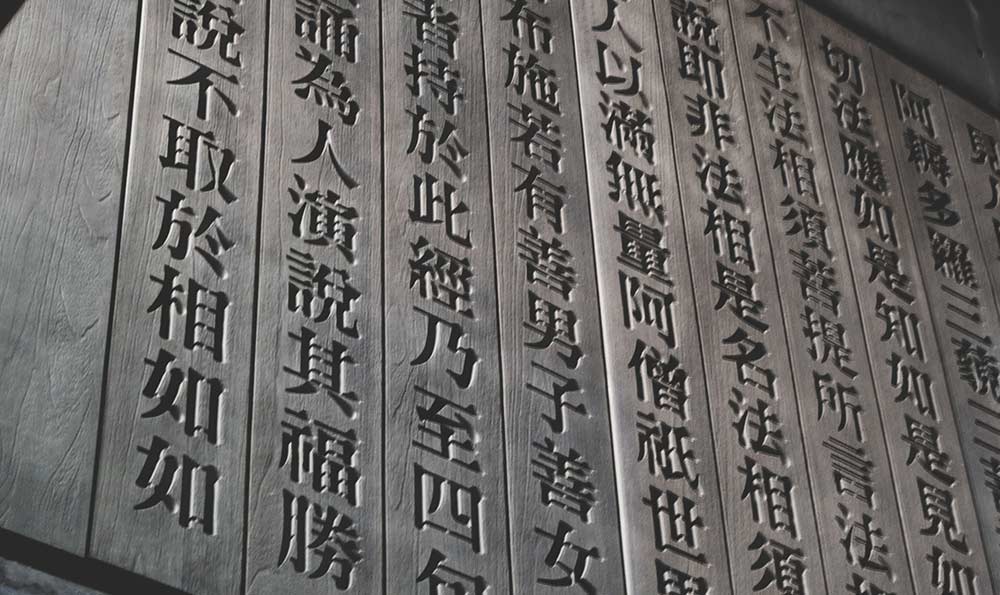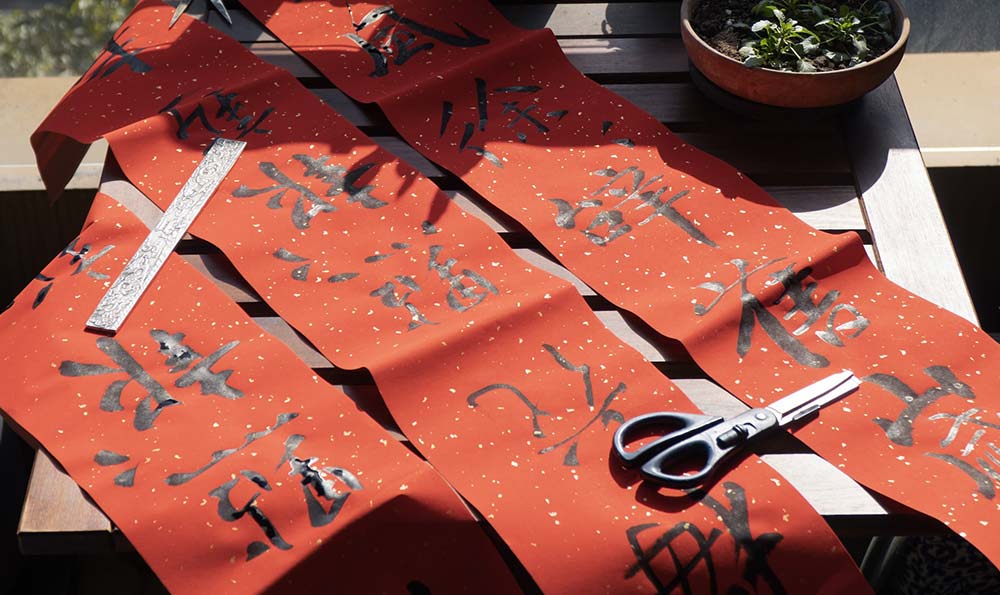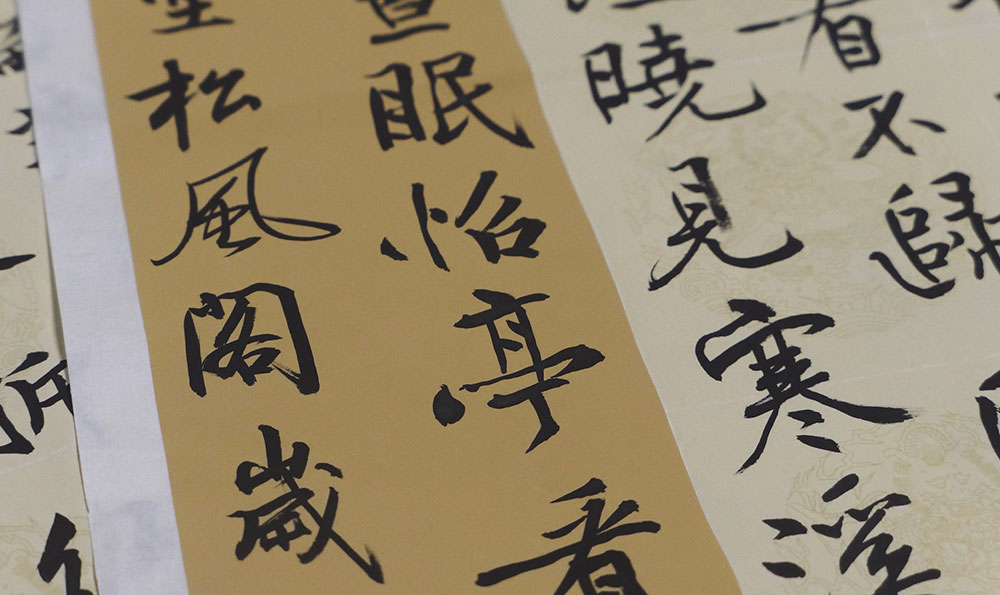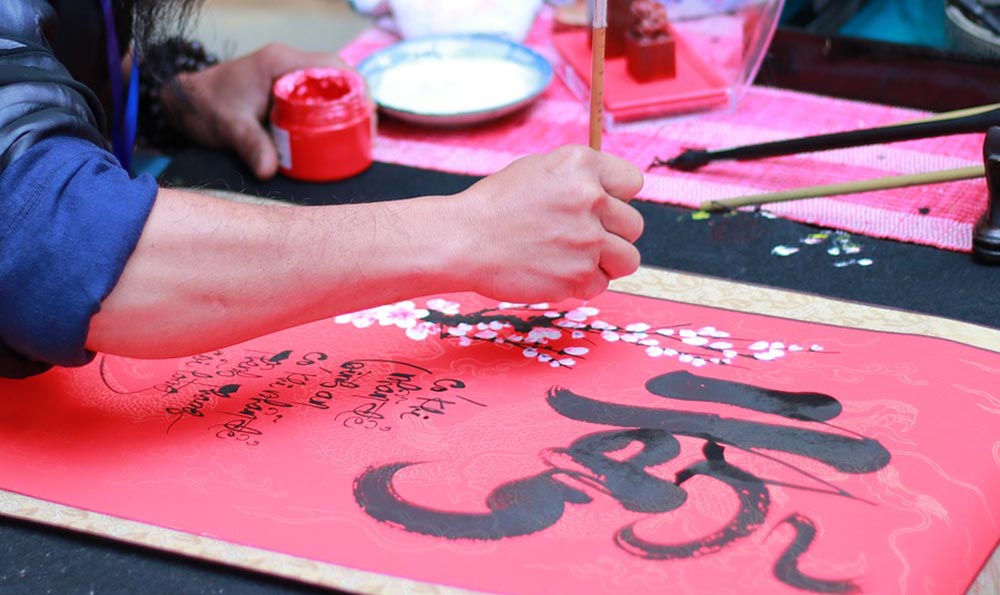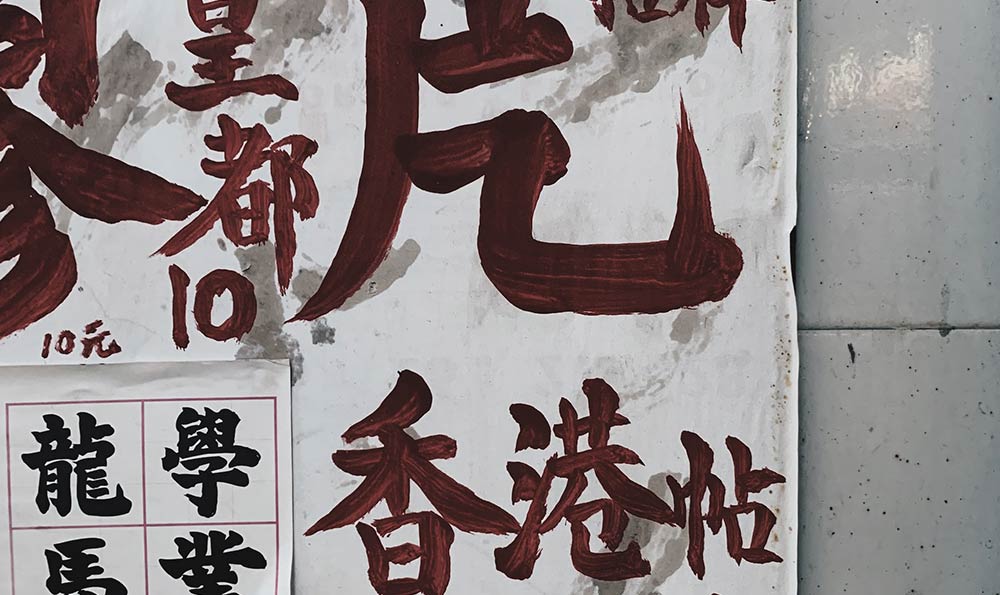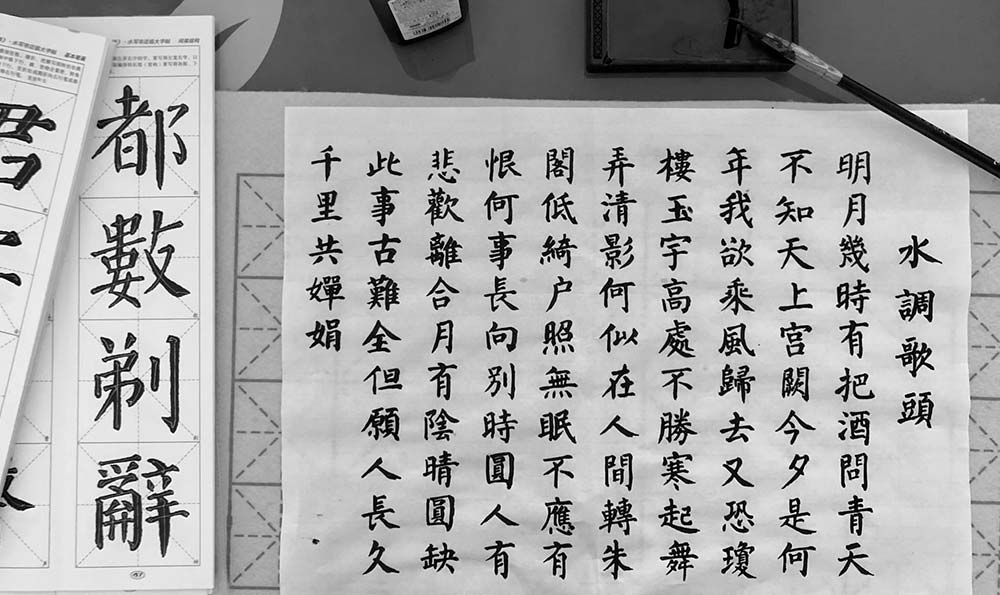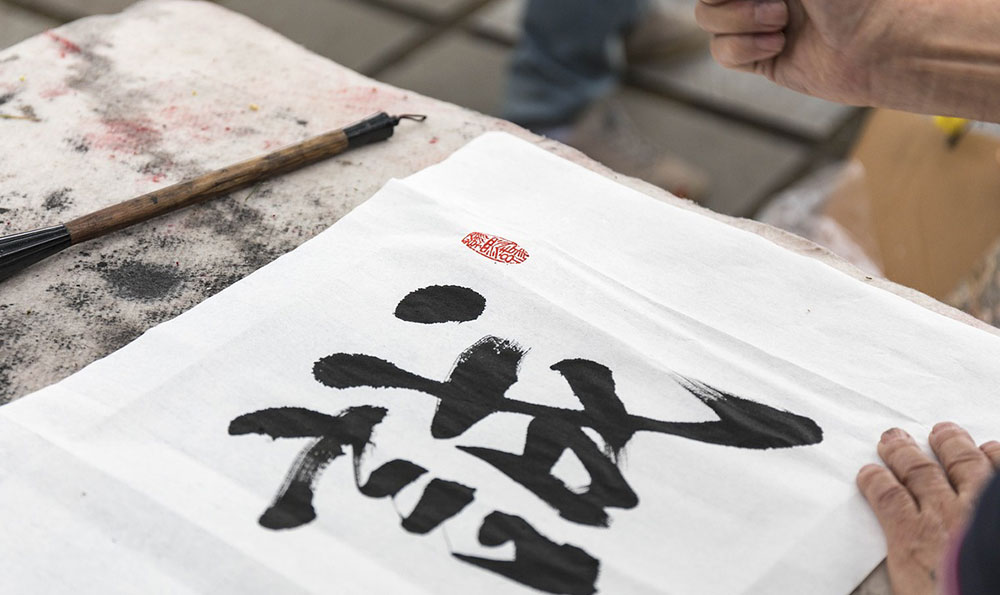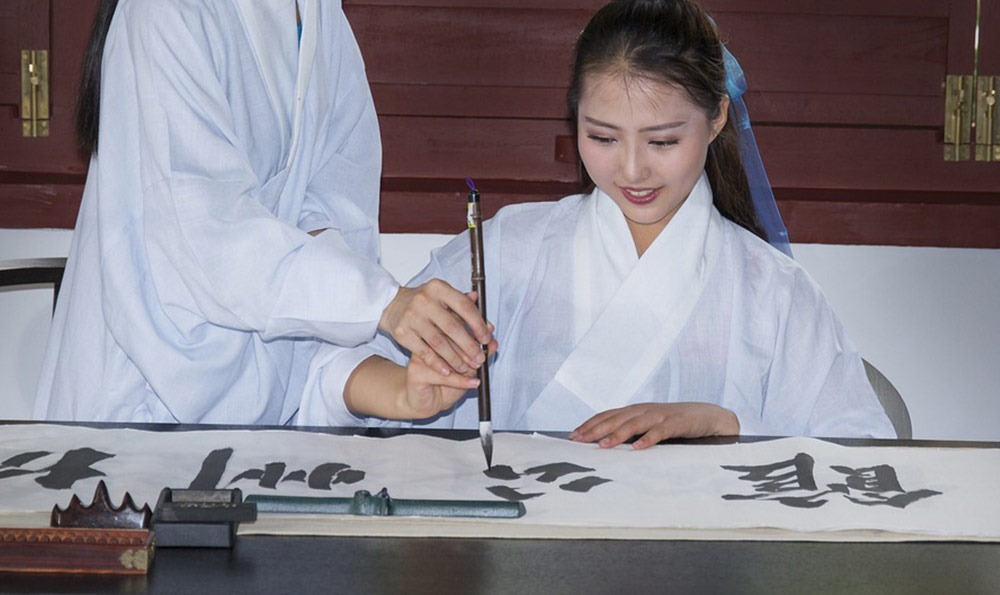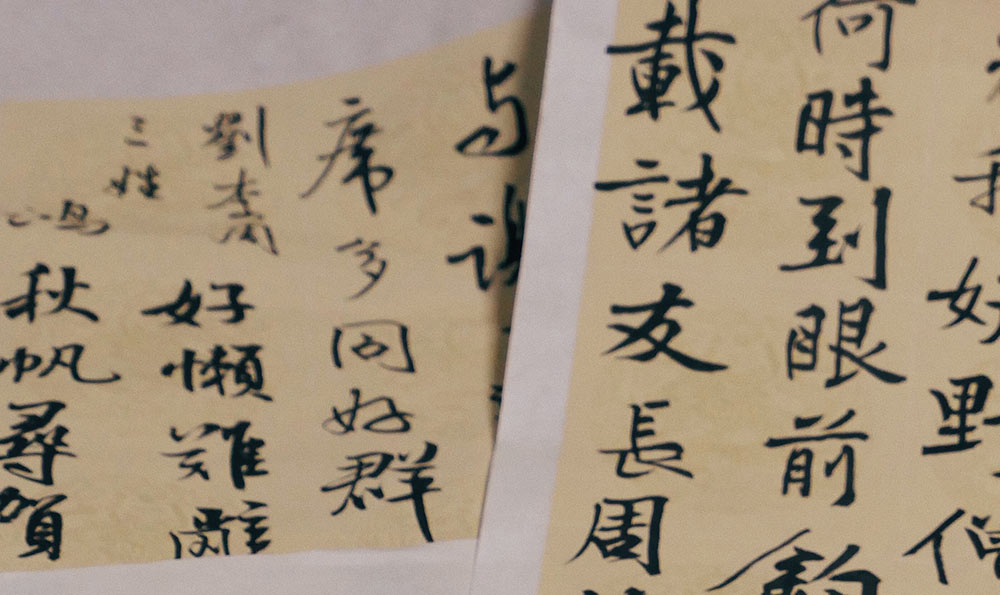
书法,作为中国传统文化的瑰宝,具有悠久的历史和独特的艺术魅力。书法的境界是指书法艺术在不同层次上的表现和追求,是书法家修炼和感悟的结果。本文将介绍书法的四个境界,并通过定义、分类、举例和比较等方法,深入阐述这四个境界的相关知识。
正文:
一、气韵生动的境界
气韵生动的境界是指书法作品在线条构思上表现出丰富的变化和生动的气势。这种境界追求的是笔触的灵动、线条的韵律和形态的美感。王羲之的《兰亭集序》中的“盖天地之慷慨悲啸,宇宙之磅礴蟠龙”,将气势恢宏的景象以工整而有力的笔画展现出来,给人以强烈的视觉冲击力。
二、神采飞扬的境界
神采飞扬的境界是指书法作品在笔墨运用上表现出奔放自如、充满创意和个性的特点。这种境界追求的是书法家在创作中的独到见解和情感的自由流露。董其昌的《兰亭序》中,他以饱满的笔墨表现出典雅的气质,雄浑豪放中又不失悠然清逸。
三、意境深远的境界
意境深远的境界是指书法作品在意象表达上能够引发人们深入思考和感悟的情感。这种境界追求的是文字与意境的融合,通过墨香的渗透和笔墨的抒发,使观者能够产生共鸣和思考。黄庭坚的《寒食帖》中,他运用细腻的笔触和含蓄的表现手法,以寥寥数笔勾勒出清幽宁静的画面,使观者领悟到寒食之夜的凄凉与无奈。
四、意境含蓄的境界
意境含蓄的境界是指书法作品在笔墨运用上能够通过简约和抽象的形式,表达出意境的深远和内涵的丰富。这种境界追求的是通过少墨多思,通过形式的简练使意境更加丰满。米芾的行草书中,他省去了多余的装饰,以简洁的笔触勾勒出极富个性的作品,将观者的注意力集中在字形的变化和线条的流动上。
书法的四个境界分别是气韵生动的境界、神采飞扬的境界、意境深远的境界和意境含蓄的境界。每个境界都代表了书法艺术在不同层次上的追求和表现,展示了书法家们不同的审美追求和创作风格。通过学习和欣赏这四个境界,我们能够更好地理解和品味书法艺术的独特之处。
书法的四个境界是哪四个
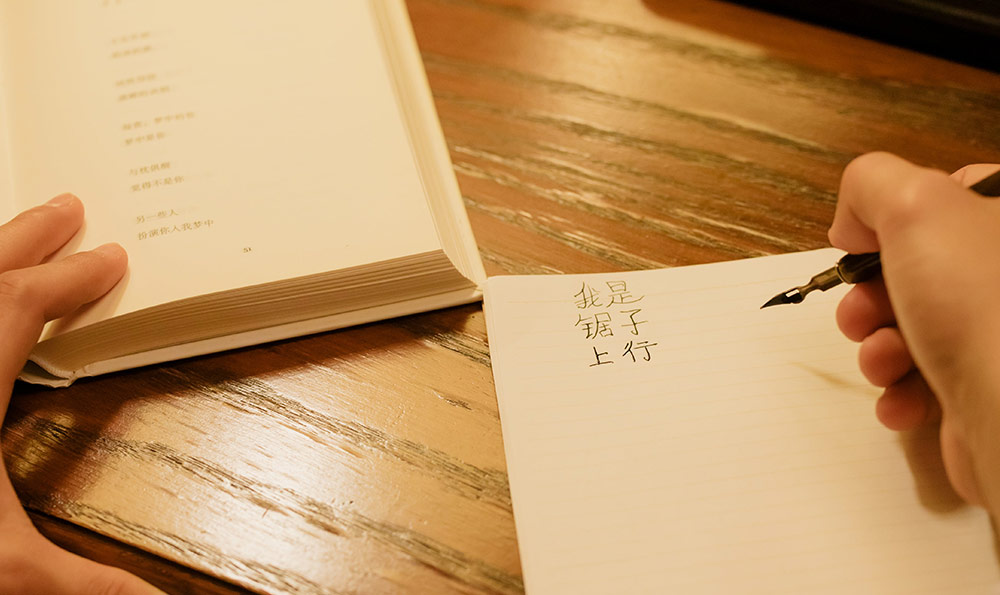
书法作为中国传统文化的瑰宝,在国内外都备受瞩目。书法之美并不仅仅体现在笔画的流畅与字迹的美观上,它还有深刻的内涵。书法的四个境界是哪四个,成为了许多书法爱好者和艺术爱好者关注的话题。本文将通过定义、分类、举例和比较等方法来系统阐述书法的四个境界是哪四个。
一、审美境界
审美境界是书法艺术中最基础的境界,它强调对字体、字形、字意的审美感受。在审美境界上,书法作品要求笔画的稳定、流畅,字形的规整、清晰,字意的准确、传神。宋代文人苏轼的《黄州寒食诗帖》就展示了他在审美境界上的高超造诣,他运用行书的艺术手法,将字体与字意完美融合,使作品充满了诗情画意。
二、意境境界
意境境界是书法艺术中的高级境界,它强调对作品所表达的情感、意境的理解和把握。在意境境界上,书法作品要求能够通过笔墨和布局来表达作者的情感和意境。王羲之的兰亭序以其独特的意境感染了一代又一代的书法爱好者,他运用了行草的技法,将诗意与墨香相结合,使作品更具韵味和内涵。
三、技法境界
技法境界是书法艺术中的重要境界,它强调对笔法、构图、点画的熟练掌握和运用。在技法境界上,书法作品要求行笔自然、点画有力,构图合理、协调。王献之的《刻经铭》以其精湛的技法震撼了当时的书法界,他善于运用遒劲有力的笔法和独特的构图手法,使作品富有张力和动感。
四、心境境界
心境境界是书法艺术中的最高境界,它强调对哲理、境界的把握和诠释。在心境境界上,书法作品要求能够通过墨意和文字来展现作者的心境和智慧。唐代王之涣的《登鹳雀楼》通过字形的匀称和墨香的浓淡变化,表达了作者超脱尘世的境界和追求卓越的志向。
书法的四个境界分别是审美境界、意境境界、技法境界和心境境界。这四个境界相辅相成,相互交织,共同构成了优秀书法作品的内涵和艺术魅力。无论是书法爱好者还是艺术爱好者,都应该在这四个境界上不断追求和提升自己,以更好地领略和传承中国书法艺术的博大精深。
书法的四个境界是什么
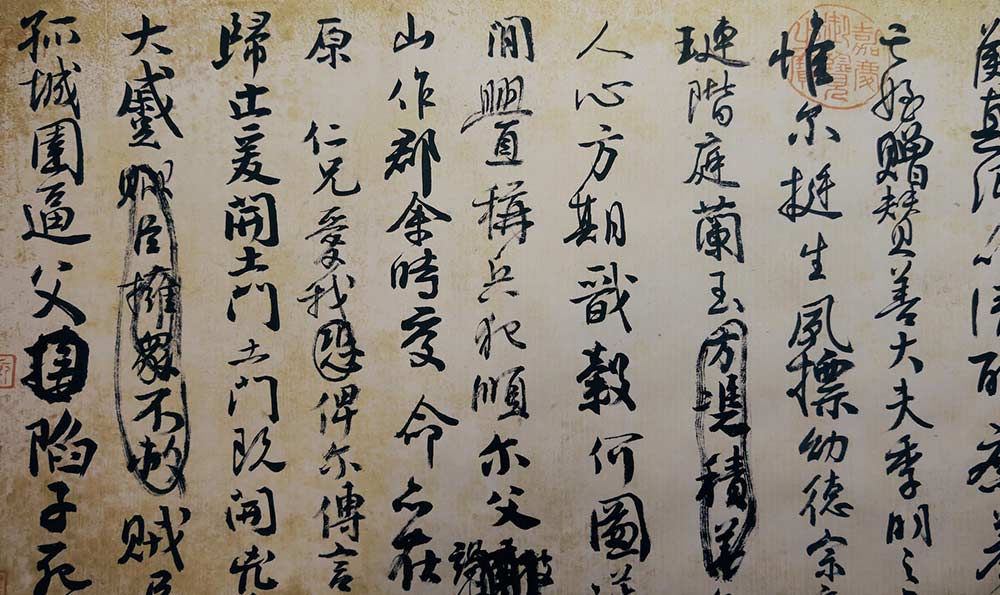
书法作为一门古老而优雅的艺术形式,一直以来都备受人们的推崇和喜爱。在书法的世界里,有着四个重要的境界,它们不仅代表着书法艺术的精深和高度,也展现了书法家们在创作和表达中的追求和成就。本文将以客观、专业、清晰和系统的方式阐述“书法的四个境界是什么”的相关知识。
一、笔墨境界
笔墨境界是书法艺术中最为基础和关键的一个境界。它指的是书法家运用毛笔和墨汁进行字体创作时的技巧和造诣。一个优秀的书法家应该掌握丰富的笔法和墨色表现能力,使字体线条流畅自然,勾勒出鲜明的形态美。王羲之的行草字体就展现了他在笔墨运用上的卓越造诣,给人一种悠然自得的境界感。
二、意境境界
意境境界在书法艺术中是一种表达作者情感和思想的内涵境界。它要求书法家在创作中能够通过笔触和布局传达自己的情感和思考。这种境界不仅仅是对字体的审美追求,更是与心灵深处的细微感悟相联系。唐代张旭的草书描绘了他内心的狂放和豪迈,给人以磅礴的气势和独特的意境。
三、章法境界
章法境界是书法艺术中的组织和结构境界,它要求书法家在创作时能够合理地布局字体,使整体形式和谐、有序。一个具有高级章法境界的书法作品,能够给人以稳重、庄重的感觉。明代的董其昌在《兰亭序》中巧妙地利用了章法,使得作品在整体上达到了极致的协调与谐美。
四、气韵境界
气韵境界是书法艺术中极为高级的境界,它强调书法作品的以气为主,注重作者在创作中所蕴含的心境和气息。一个具有高级气韵境界的书法作品,能够给人以灵动、生动的感受,让人在欣赏的同时产生共鸣。清代的石涛在他的山水书法中,运用了独特的笔墨技法,使得他的作品充满了磅礴的气势和自由的韵律。
书法的四个境界包括笔墨境界、意境境界、章法境界和气韵境界。这些境界不仅仅是书法艺术的评判标准,更是书法家们在创作中的追求和努力目标。每一个境界都有其独特的内涵和表现方式,也代表了书法艺术世界的无限魅力和深远意义。对于爱好书法的人们来说,理解和感悟这些境界,将有助于提高他们对书法艺术的欣赏和理解水平,更好地欣赏和品味这门古老而美妙的艺术形式。
The Four Realms of Calligraphy
Introduction:
As an ancient and elegant art form, calligraphy has always been highly regarded and loved by people. In the world of calligraphy, there are four important realms that not only represent the depth and height of calligraphy art, but also showcase the pursuit and achievements of calligraphers in creation and expression. This article will objectively, professionally, clearly and systematically explain the knowledge of "what are the four realms of calligraphy".
Body:
1. Realm of Brush and Ink
The realm of brush and ink is the most fundamental and crucial realm in calligraphy art. It refers to the skills and accomplishments of calligraphers in using brushes and ink to create fonts. An excellent calligrapher should master various brushstrokes and the ability to express different ink colors, allowing the font lines to flow smoothly and naturally, outlining a distinctive aesthetic. For example, Wang Xizhi's running script demonstrates his exceptional proficiency in the use of brush and ink, giving a sense of serene and leisurely realm.
2. Realm of Aesthetic Conception
The realm of aesthetic conception in calligraphy art is a realm of expressing the emotions and thoughts of the author. It requires calligraphers to convey their emotions and reflections through brushstrokes and layout in their creations. This realm is not only about the aesthetic pursuit of fonts, but also closely connected with the subtle insights deep within the heart. For example, Zhang Xu, a calligrapher in the Tang Dynasty, depicted his inner wildness and magnificence in his cursive script, giving a grand and unique aesthetic conception.
3. Realm of Composition
The realm of composition is the realm of organization and structure in calligraphy art. It requires calligraphers to arrange fonts in a reasonable manner during creation, creating a harmonious and orderly whole. A calligraphy work with advanced composition realm can give a sense of solemnity and dignity. For example, Dong Qichang in the Ming Dynasty cleverly utilized composition in his work "Preface to the Orchid Pavilion Collection", achieving the utmost coordination and harmony in the overall form.
4. Realm of Vitality
The realm of vitality is the most advanced realm in calligraphy art, emphasizing the focus on "qi" (vital energy) in calligraphy works and highlighting the mood and atmosphere conveyed by the author. A calligraphy work with advanced realm of vitality can give a feeling of liveliness and resonance. For example, Shi Tao, a calligrapher in the Qing Dynasty, used unique brush and ink techniques, making his landscape calligraphy full of majestic momentum and free rhythm.
Conclusion:
In conclusion, the four realms of calligraphy include the realm of brush and ink, the realm of aesthetic conception, the realm of composition, and the realm of vitality. These realms not only serve as evaluation criteria for calligraphy art, but also represent the infinite charm and profound significance of the calligraphy art world. For those who love calligraphy, understanding and appreciating these realms will help improve their appreciation and understanding of calligraphy art, allowing them to better appreciate and savor this ancient and beautiful art form.

